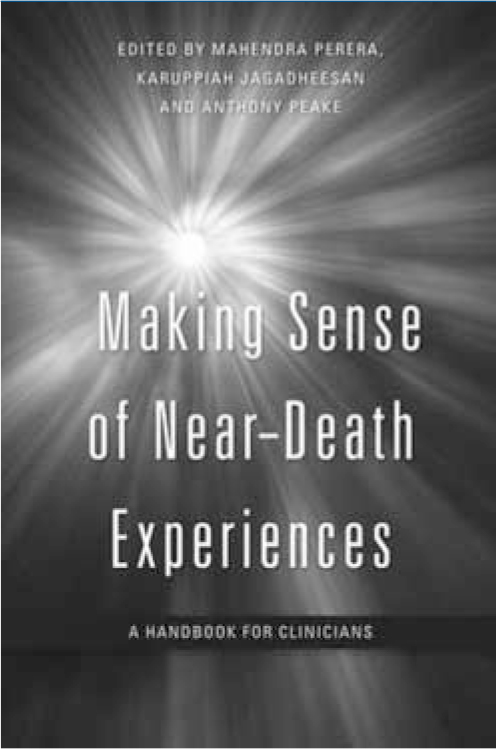
Near-death experiences are a fascinating phenomenon, often shrouded in mystery and spirituality. The aims of this book are to give examples of this experience across different cultures and age ranges and to explore how this presents and can be managed in everyday clinical practice. Furthermore, and most interestingly, the book explores some of the possible scientific explanations behind this occurrence. The book as a whole was easy to read, and the structure made it very easy to dip in and out of. However, there was considerable repetition that was probably unavoidable given that this is a multi-author text.
A few chapters are dedicated to explaining the origins of near-death experiences. At times, these biological explanations are very basic for the medically trained professional. However, some explanations that attempt to enlighten how the mind may exist independently of the body derive from quantum physics. This possibility has profound implications for our concepts of consciousness and, potentially, even life and death themselves.
So how does this book help us as psychiatrists? The intense effect a near-death experience has on a person after such an event is often what we may have to deal with in what is a surprisingly common experience. Also, we need to understand such presentations to ensure we do not misdiagnose someone as having a mental illness on this basis. However, the true strength of the book does not lie with its application to clinical practice, but in the introduction to the biological and physical possible origins of such events. This turns this phenomenon from something you would only hear about in science fiction to scientific possibility. However, as the book acknowledges, there is still a lot of work to be done, but what fundamental repercussions this further work may have for us as psychiatrists and human beings cannot be underestimated – this book makes you believe that there just may be something more to this, and historic times may lie ahead. This is a truly thought-provoking read.



eLetters
No eLetters have been published for this article.